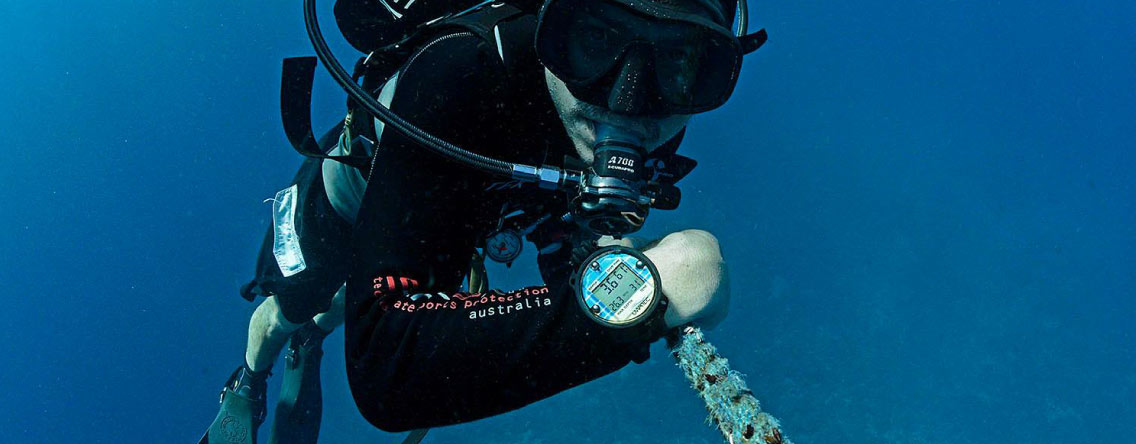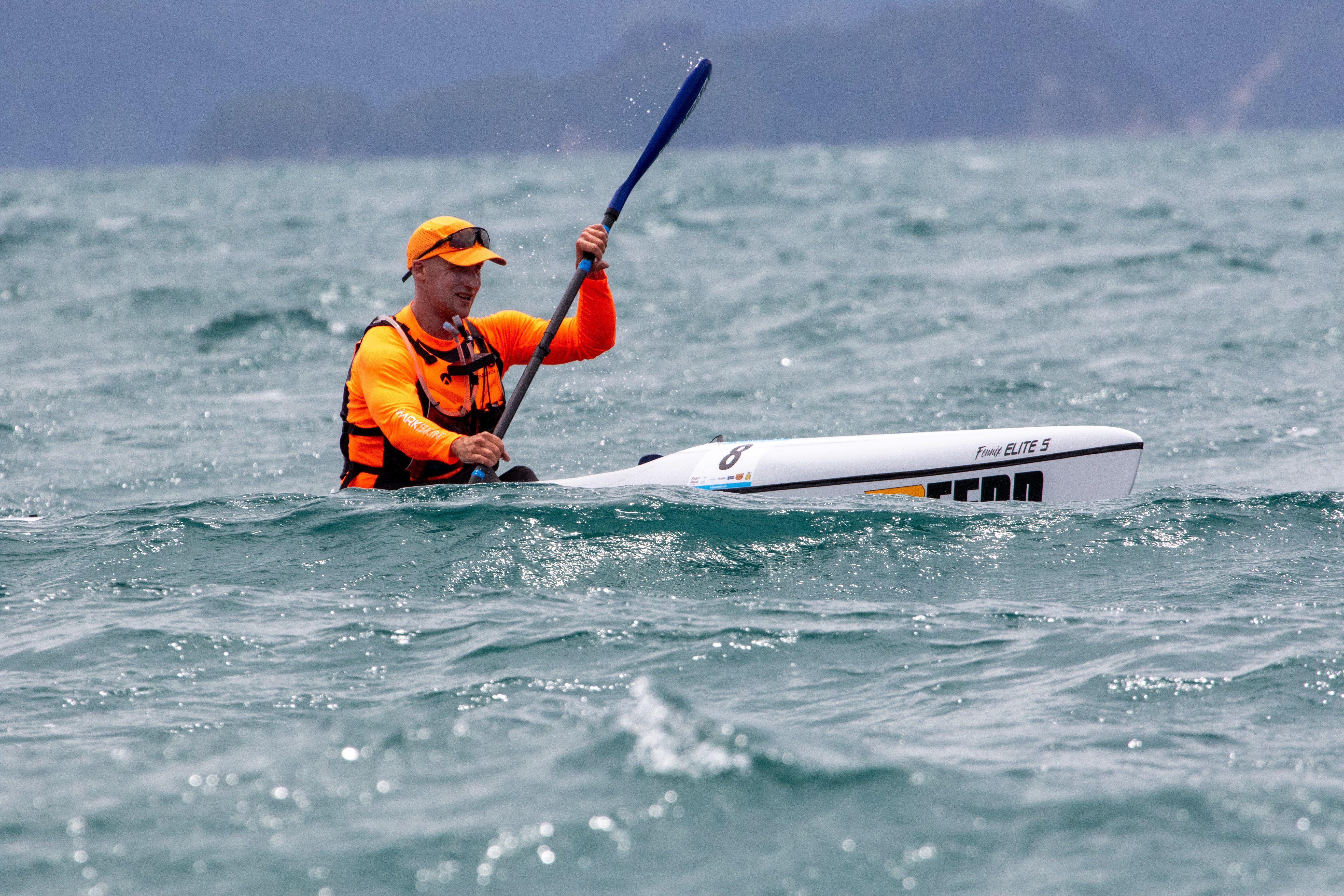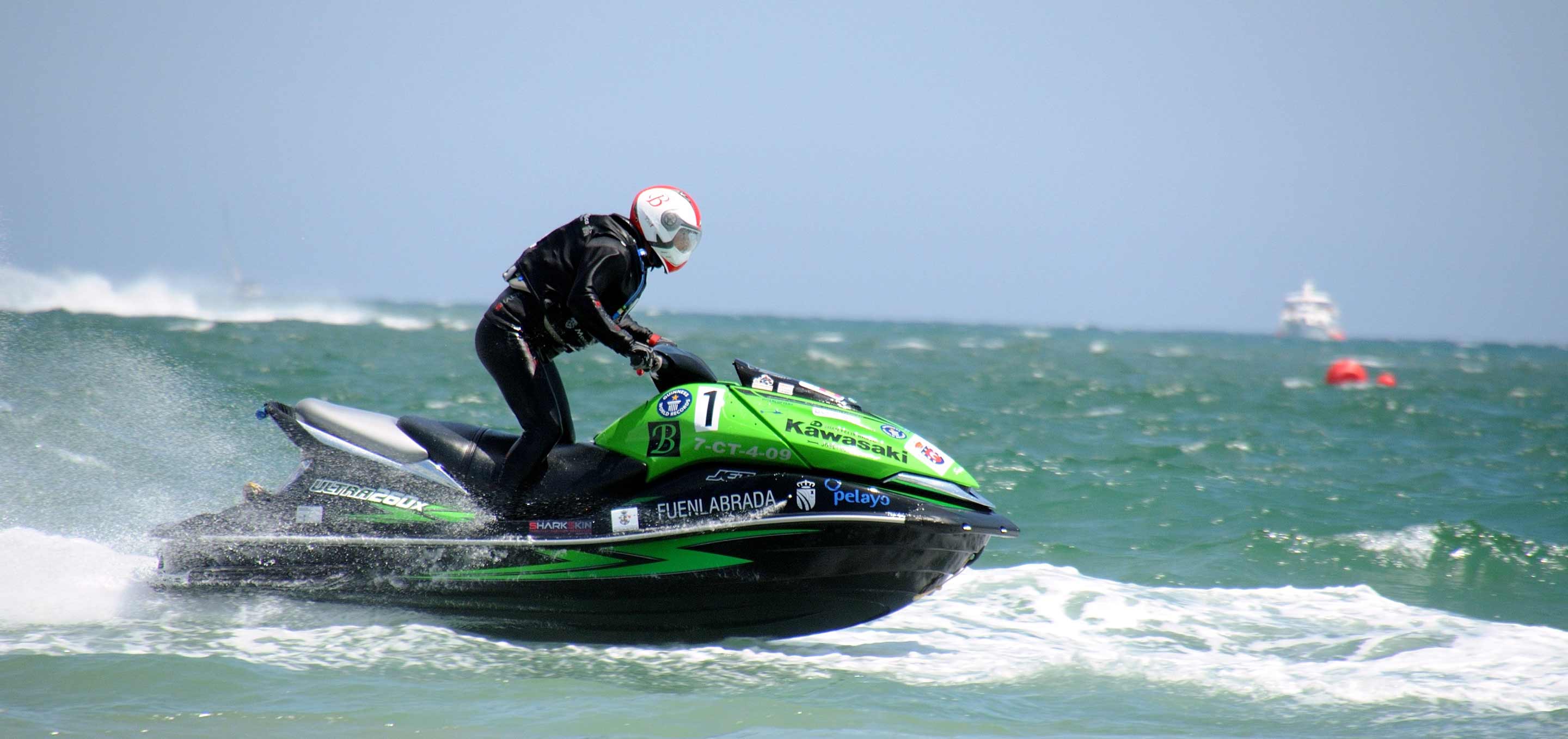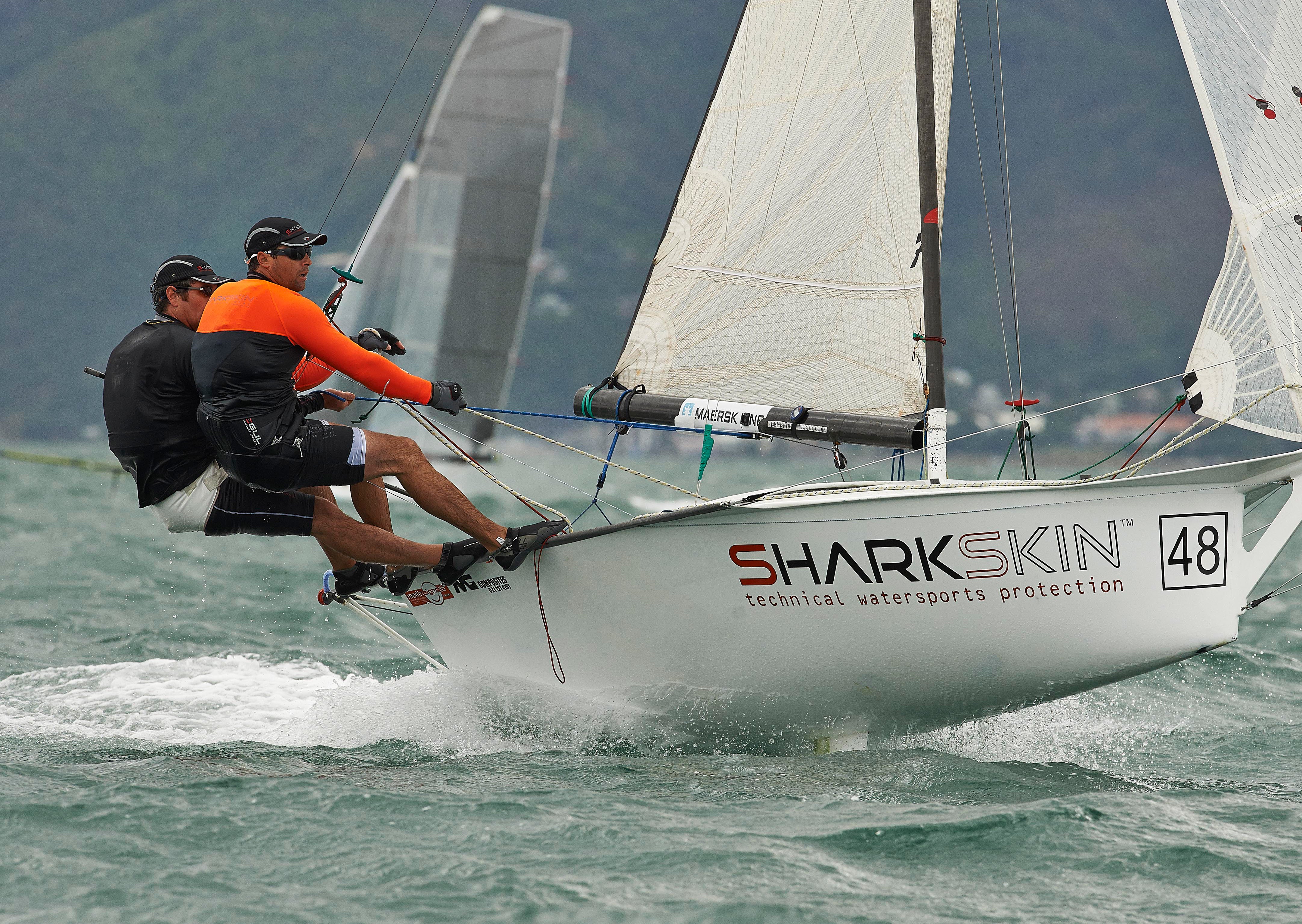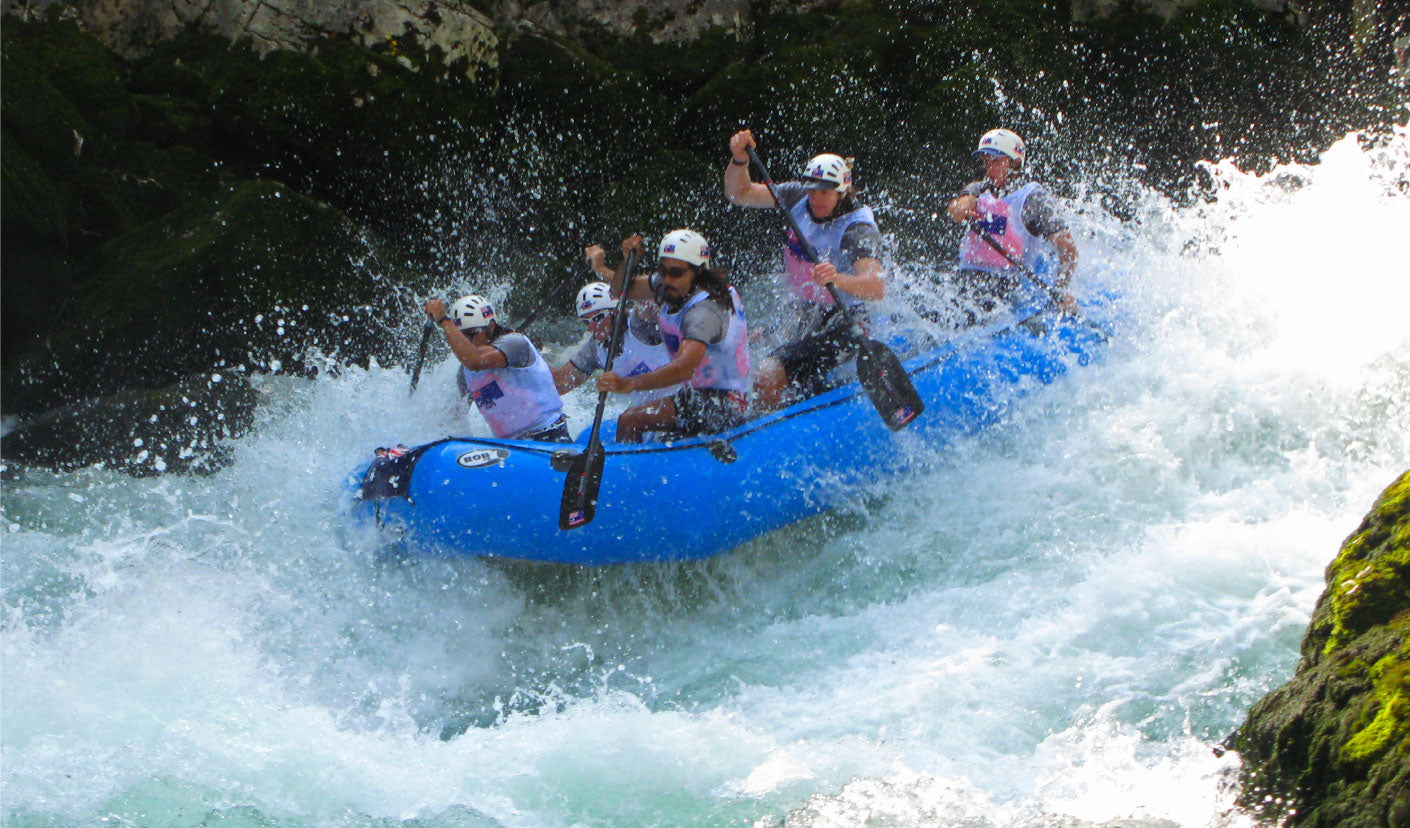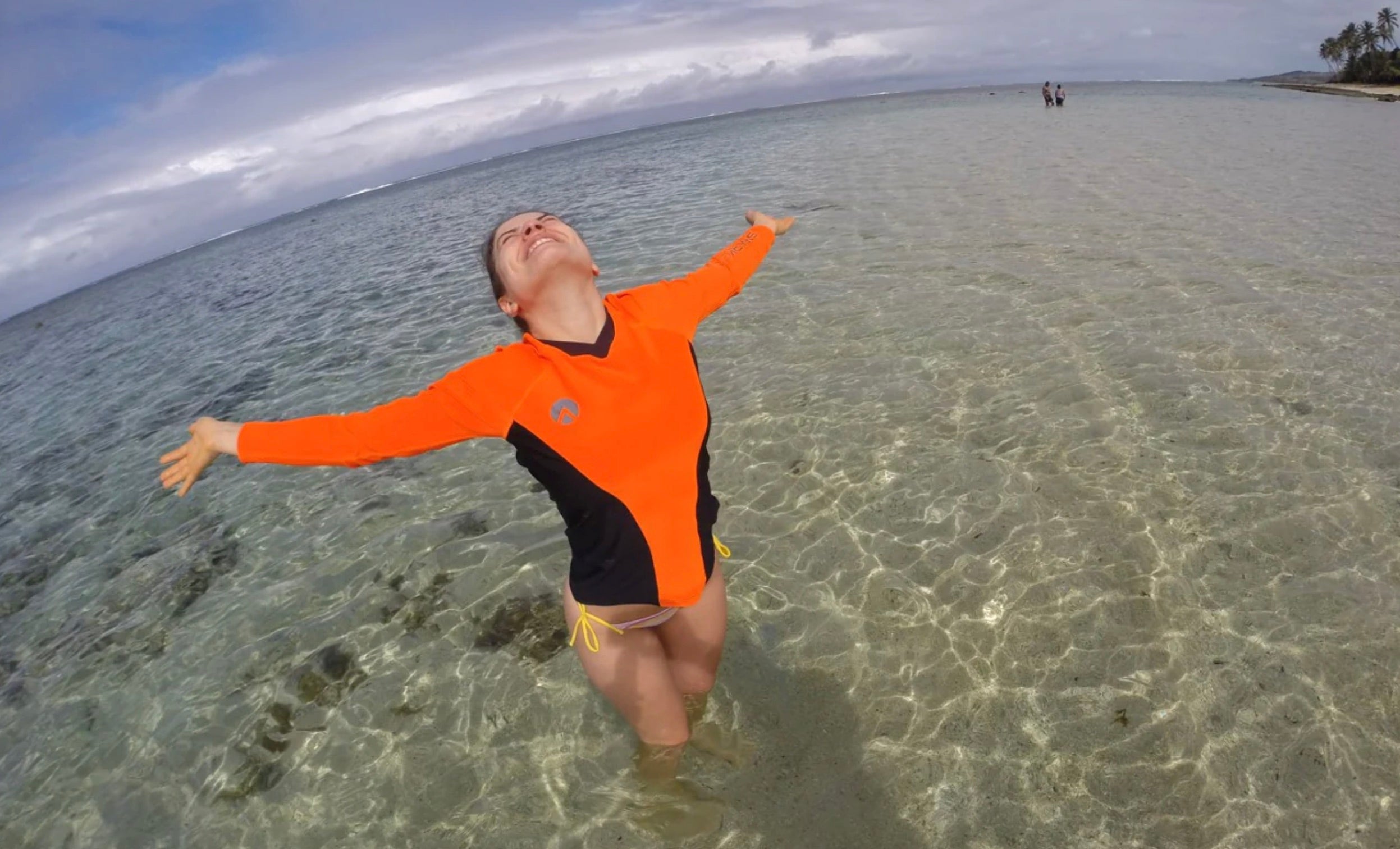What is the difference between cheap and expensive wetsuits?

When it comes to water sports, the wetsuit is an essential piece of gear that can make or break your experience in the water. Whether you're into surfing, diving, or any other water-based activity, having the right wetsuit is crucial for both comfort and performance. But with such a wide range of prices, what exactly is the difference between cheap and expensive wetsuits?
Material Quality and Warmth Retention
Neoprene Quality
The primary material used in wetsuit construction is neoprene, a type of synthetic rubber that provides insulation by trapping a thin layer of water between the wetsuit and your skin. This water is then warmed by your body heat, creating a thermal barrier against the cold water outside. Expensive wetsuits are often made from higher-quality neoprene, which offers better flexibility, warmth, and durability. High-end neoprene like Yamamoto, known for its superior warmth and stretch, is commonly found in pricier models.
Thickness and Warmth
Wetsuits come in various thicknesses, measured in millimeters, to offer different levels of warmth. The thicker the neoprene, the warmer the wetsuit. Expensive wetsuits often feature a combination of thicknesses across different body parts to optimize warmth where it’s needed most while allowing flexibility in areas like the joints. This strategic distribution of material can significantly enhance comfort and performance in cold water.
Construction and Features
Seams and Sealing
The way a wetsuit is stitched together plays a big role in both its durability and its ability to keep cold water out. Cheaper wetsuits might use flatlock stitching, which is durable but allows more water to seep through. Expensive wetsuits often feature blind-stitched and critically taped or fully sealed seams. Some high-end models even use a liquid rubber seal on the outside of the seams to completely block water entry, significantly improving warmth and reducing the risk of chafing.
Additional Features>
Expensive wetsuits may include a range of features designed to enhance comfort, convenience, and performance. These can include thermal linings for extra warmth, ergonomic panel designs for a better fit and increased mobility, and water-resistant zippers to minimize water entry. Some wetsuits also come with features like integrated hoods, key pockets, and reinforced knee pads, adding to their functionality and durability.
Fit and Comfort
The fit of a wetsuit greatly affects its performance. Expensive wetsuits are often designed with more precise sizing and ergonomic features to ensure a snug fit that minimizes water flow, without restricting movement. A better fit also means less chafing and irritation, which can make a big difference in long-duration activities.
Longevity and Value
While expensive wetsuits come with a higher upfront cost, they may offer better value over time. High-quality materials and construction mean these wetsuits are likely to last longer, maintaining their performance through many seasons of use. Additionally, the increased comfort and thermal protection can extend your time in the water, making your investment worthwhile.
Conclusion
The difference between cheap and expensive wetsuits lies in the quality of materials, construction techniques, features, and the fit. While both can serve the basic purpose of keeping you warmer in the water than without a wetsuit, investing in a higher-priced model can significantly enhance your water sports experience through better warmth, comfort, and durability. When choosing a wetsuit, consider how often you'll be using it and in what conditions to decide whether the investment in a higher-quality suit makes sense for your needs. Check our collection of wetsuits for men and women!




